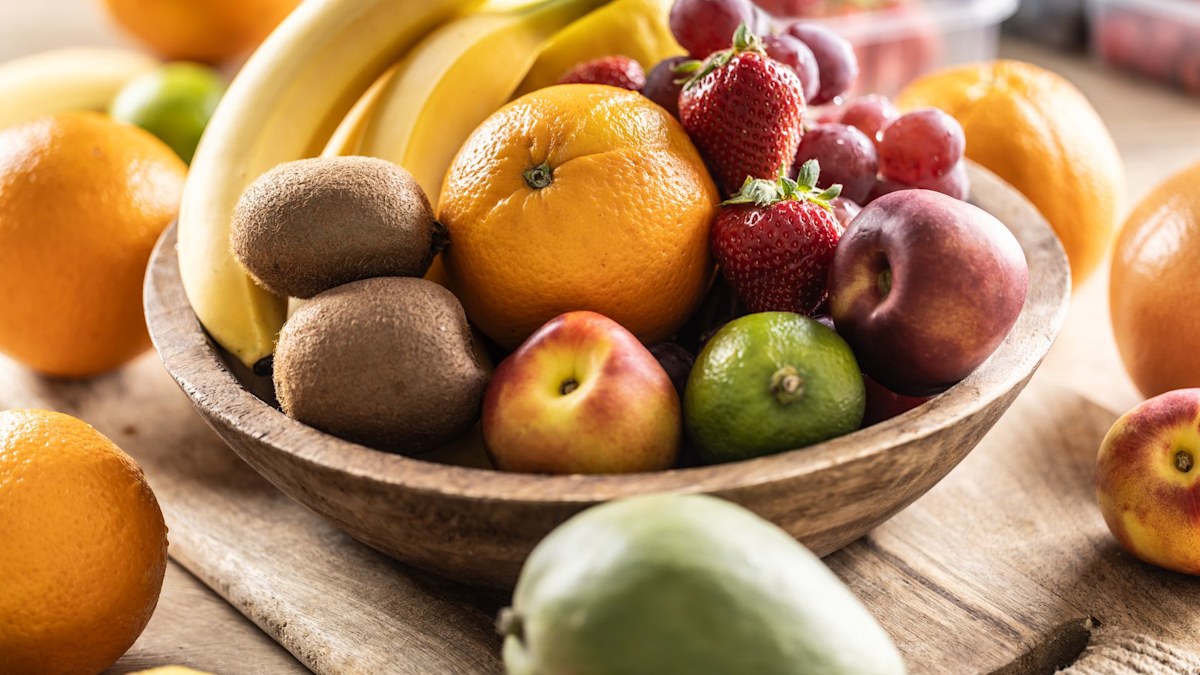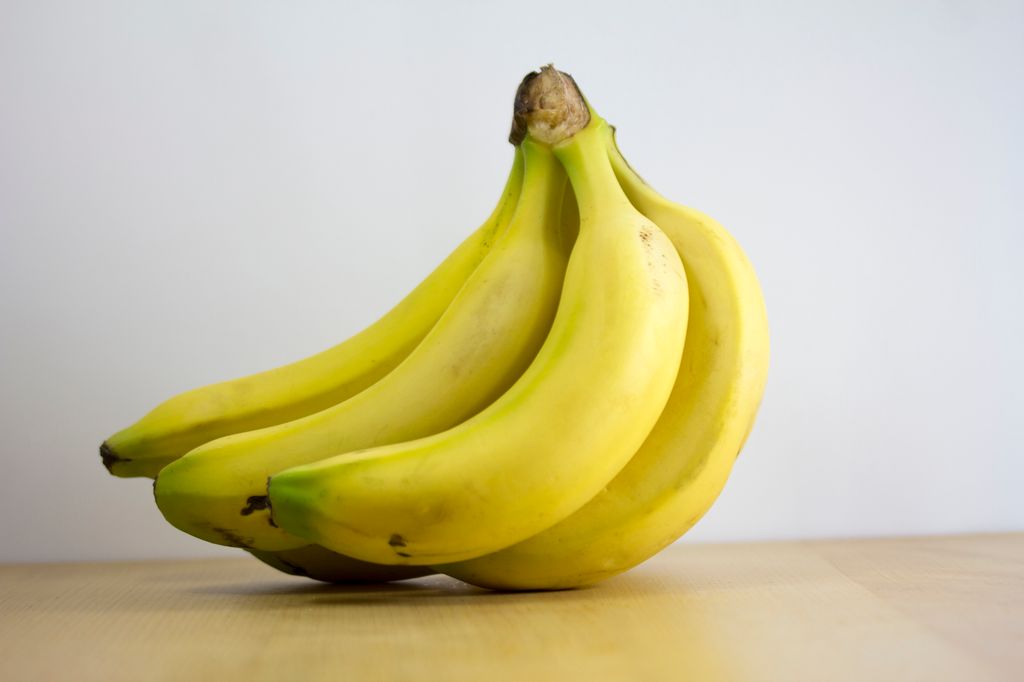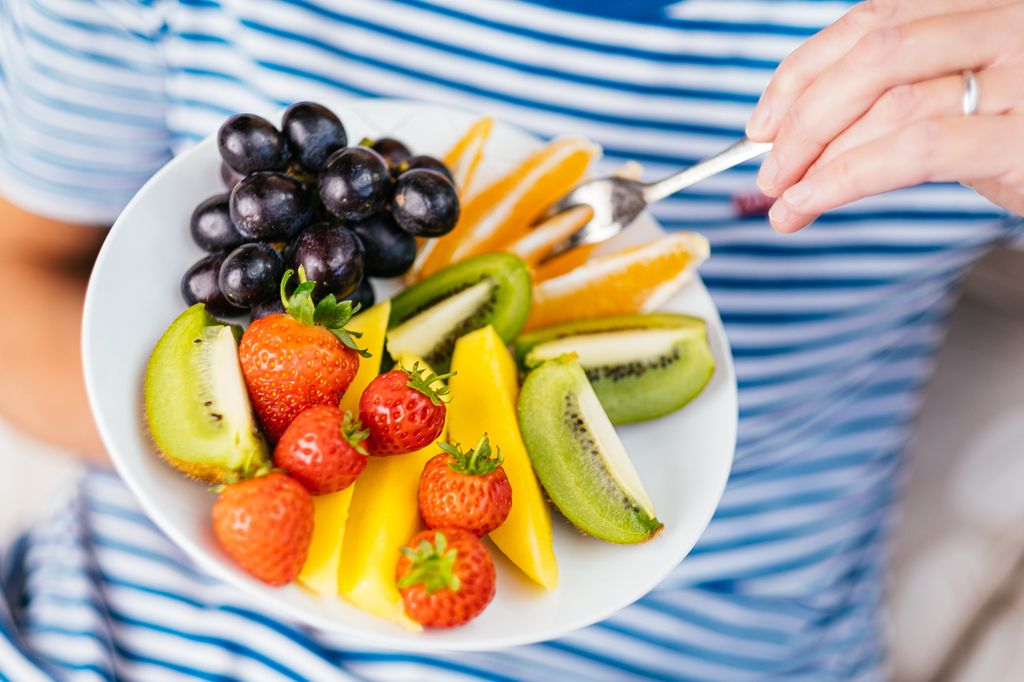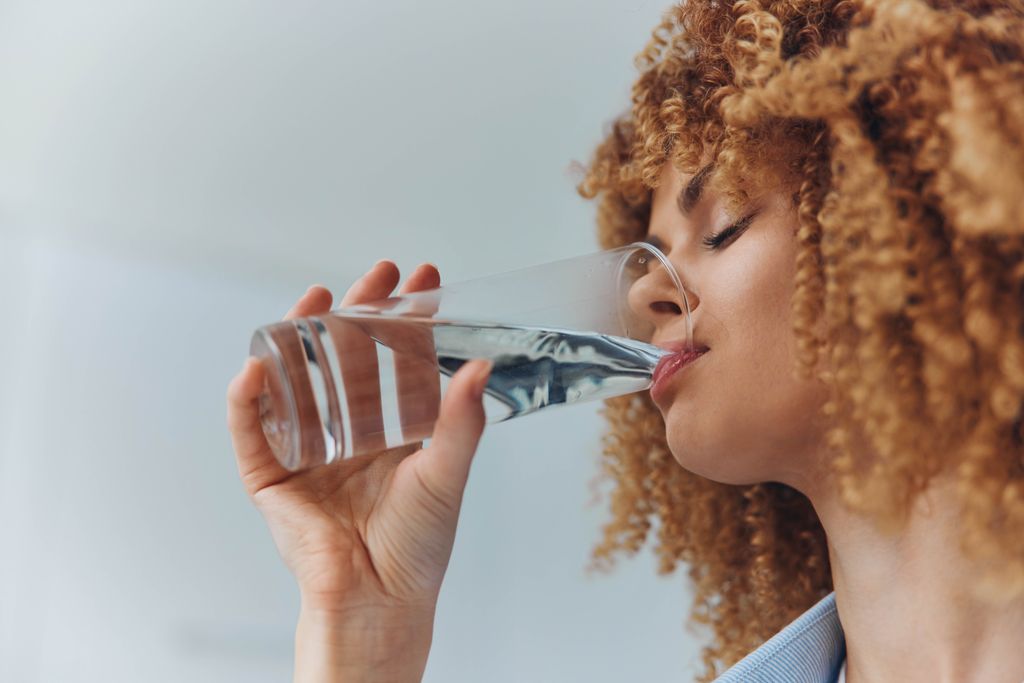At a time when many are juggling aging parents, busy children, and their own creeping health concerns, it’s little wonder that high blood pressure is on the rise, and increasingly managed with a script pad and little else.
But as new research reminds us, some of the most effective treatments for hypertension aren’t found behind the pharmacy counter. They’re sitting right there on your plate.
The blood pressure time bomb
High blood pressure (hypertension) is often called the “silent killer” — a condition that creeps up without symptoms but dramatically increases the risk of stroke, heart attack and kidney disease. Nearly one in three adults now lives with it. And yet, most are unaware they have it until it’s too late.
For years, the medical conversation around blood pressure has centred on cutting sodium. And yes, the average person still consumes far more salt than recommended, mostly hidden in processed foods and takeaway meals. But focusing solely on salt reduction misses a more hopeful part of the story: what you add to your diet can be just as powerful as what you take out.
In fact, the emerging evidence suggests that increasing dietary potassium may be even more effective than slashing sodium. That’s right, the humble banana might do more for your heart than yet another low-salt frozen meal.
Why potassium matters
Potassium helps lower blood pressure by easing tension in blood vessel walls and aiding the kidneys in flushing out excess sodium. But thanks to the modern diet, low in fresh fruit and vegetables, high in processed fare, many of us aren’t getting enough.
Foods rich in potassium include spinach, sweet potato, avocados, lentils, beans, yoghurt and salmon. These aren’t exotic superfoods. They’re everyday staples. But in a culture that’s replaced lunchboxes with drive-thrus and kitchens with UberEats, they’ve become less familiar than they should be.
And here’s the catch: you can’t out-supplement a poor diet. Popping potassium tablets won’t work the same way. The real benefit comes from whole foods, where nutrients interact in complex, beneficial ways we’re only beginning to understand.
From clinic to kitchen
In my own practice, I’ve worked with hundreds of women, particularly in perimenopause, who are battling rising blood pressure alongside fatigue, weight gain, anxiety and disrupted sleep. Many are already on the edge of medication, or have been prescribed it with little lifestyle advice beyond “watch the salt.”
But when we tweak their diet, the results can be extraordinary.
We start by rebuilding meals around real ingredients, a colourful breakfast bowl with berries and chia; a hearty lunch with leafy greens, grilled salmon and lentils; a simple dinner of roasted vegetables and whole grains.
We focus on hydration, fiber, healthy fats and plant diversity. We cut back not just on sodium, but on ultra-processed foods that damage the microbiome and promote inflammation, two factors now linked to cardiovascular risk.
Most importantly, we reconnect people to the power they already have over their own health. The changes aren’t radical. But they’re sustained, and the body responds.
The DASH of common sense
What I’m describing isn’t new. It echoes the DASH diet, Dietary Approaches to Stop Hypertension, which has been clinically proven to reduce blood pressure. DASH emphasises whole grains, fruits, vegetables, legumes and lean proteins while limiting processed foods, red meats and sugary snacks.
It’s not flashy. There’s no influencer flogging $90 detox powders. But it works. And unlike many diets, DASH isn’t about weight loss. It’s about reducing disease risk. As a welcome side effect, people often lose weight anyway, without counting calories or depriving themselves.
Why this matters now
We’re at a tipping point. Our hospitals are under strain, our population is ageing, and chronic conditions like hypertension are devouring healthcare budgets. Yet so much of this could be prevented, or at least better managed, with food.
That’s not to say medication doesn’t have a role. Of course it does. But pills are a band-aid, not a cure. And they come with side effects, fatigue, dizziness, nutrient loss , that could be mitigated or avoided if we started from the root cause: diet and lifestyle.
This isn’t just about individuals either. It’s a public health issue. If supermarkets, schools, workplaces and food manufacturers all took this seriously, prioritising fresh, affordable produce over sodium-loaded snacks, we could change the health trajectory of a generation.
Small changes, big results
If you’re reading this and thinking “but I’m not a nutritionist,” you don’t need to be. Here’s where you can start:
Add potassium-rich foods daily: Think leafy greens, bananas, sweet potatoes, yoghurt, beans and avocado.
Cook more at home: Restaurant and packaged meals are often saturated with sodium. When you cook, you control the salt.
Read labels: Sodium hides everywhere. Look for products with less than 120mg of sodium per 100g where possible.
Build plant-based plates: No need to go vegan. Just make plants the star of your meals more often.
Stay hydrated and move your body: Even brisk walking helps reduce blood pressure long-term.
These are the unsexy truths of good health. No miracle drugs, no 10-day resets. Just consistent, nourishing choices — and the knowledge that every bite is either helping or harming your heart.
We don’t need more fads. We don’t need more pills. What we need is to trust the science that’s been quietly sitting in our fruit bowls and veggie drawers all along.
Because high blood pressure may be silent, but your body is always talking. The question is: are we ready to listen?
Faye James is an accredited nutritionist, health writer, and author of The Menopause Diet and The Perimenopause Plan. She is a passionate advocate for food as medicine and a less medicated midlife.
Read the full article here











